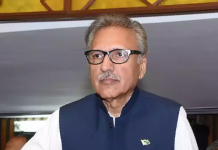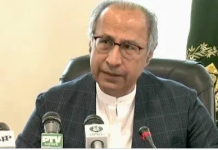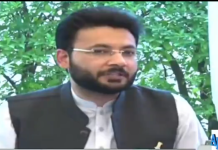Islamabad – Pakistan must speed up reform of the energy sector and bring more women into the labor force if it wants to quicken economic growth that lags far behind regional peers, the World Bank’s country representative said.
According to the World Bank, Pakistan’s economy should expand with a 4.5 percent rate in the following year, missing the government’s 5.5 percent target and trailing behind other South Asian nations where growth is expected to average about 7 percent this year.
The World Bank claims to foresee Pakistan’s growth rate to edge up to 4.8 percent, a nation of 190 million people. In order to absorb fresh candidates in workforce the economy needs to expand by 6 percent every year, experts say.
The country director of World Bank country, Illango Patchamuthu, said Pakistan had promoted from a collapse in global oil prices and tough fiscal measures by the government over the past few years to even out the economy.
But he recommended faster development in the energy sector, which has suffered years and years of under-investment. Businesses say repeated power outages hurt growth and investment.
“To me, the whole story around power reforms is still only half done,” Patchamuthu told in an interview. He also advised that Pakistan should try to solve its circular debt problem, which grew out from unpaid subsidies of government. It makes up to a huge amount of $3 billion.
The government expects its electricity rationing system of “load-shedding” to end by 2018 after it signed more than $30 billion in energy generation projects as part of the $46 billion China-Pakistan Economic Project. But efforts to privatize a host of electricity distribution companies have stalled, as have other reforms.
Patchamuthu said the government is only paying attention to power generation, but it must also improve the distribution and update their transmission system as well.
“A lot more needs to be done in the next several years to build up the whole power infrastructure,” he said. “If Pakistan wants to get to 7-8 percent (growth) with structural reforms, they also have to much more in drawing women into the labour force,” he said.









